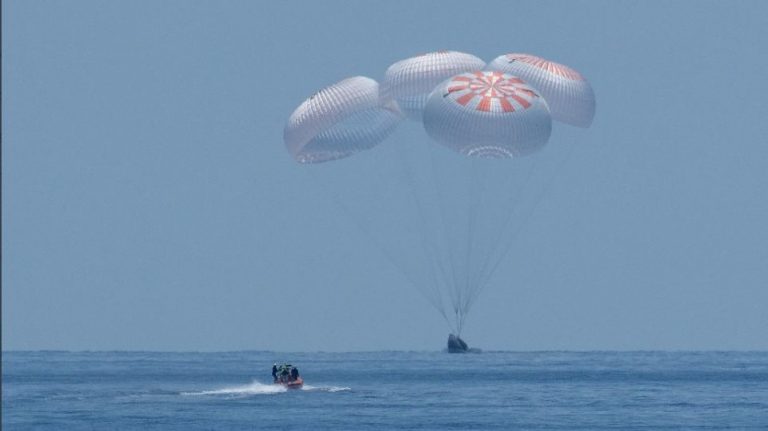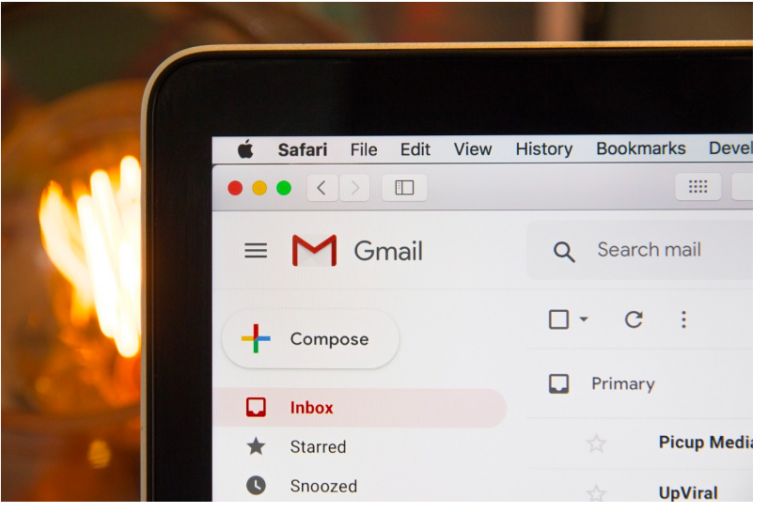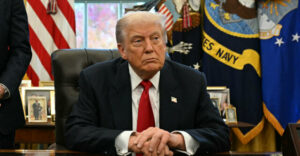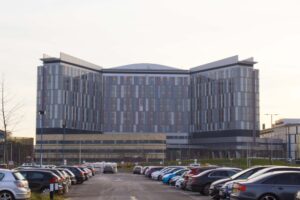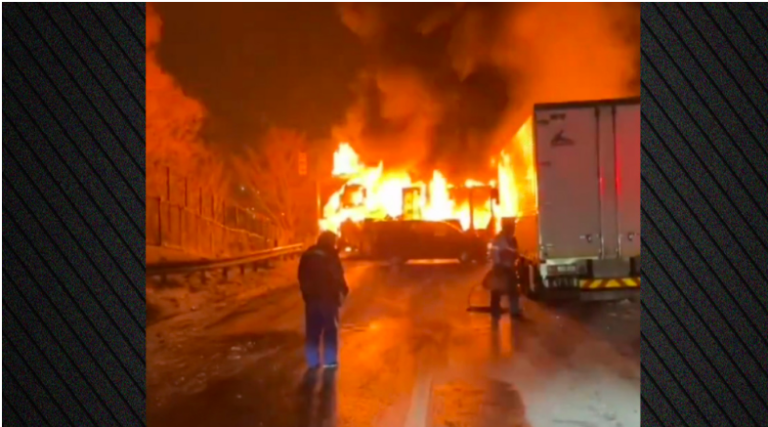SpaceX and NASA are getting ready to complete their most important joint mission to date – Crew Dragon Demo-2, which is the culmination of the partners’ work on their Commercial Crew program designed to certify a SpaceX spacecraft for regular human spaceflight operations. NASA astronauts are already on board Crew Dragon making their way back to Earth during a multi-hour descent, and later on Sunday will be splashing down in the Atlantic Ocean off the coast of Florida.
Behnken and Hurley undocked from the International Space Station on Saturday, August 1 at just after 7:30 PM EDT, with the Crew Dragon capsule handling all of the maneuvers since in a fully automated fashion, just like it’s designed to do. SpaceX built Crew Dragon to be fully automated both during takeoff and the return to Earth and landing portion of any trip to the ISS, and in fact have previously flown a successful uncrewed version of the mission that’s happening now with astronauts on board.
To conclude Demo-2, Behnken and Hurley are currently scheduled to splash down in the Gulf of Mexico at 2:48 PM EDT (11:48 AM PDT), where they’ll be met and recovered by a SpaceX crew. This will be a historic first for a commercial spacecraft, capping a mission of historic first for private human spaceflight that began with the successful launch of Crew Dragon ‘Endeavour’ on May 30.
Small plane crashes in the middle of the village Proti in Serres, Greece (photos)
There is something strange about our universe, scientists find after mapping the cosmos
The splashdown was their final step in a mission intended to test SpaceX’s human spaceflight system, examining its launch, docking and recovery operations.
It was also the culmination of the first mission in which a commercial spacecraft was used to take astronauts to the space station.
SpaceX, founded by Elon Musk, and Boeing had been rivals to carry out the first private mission to take astronauts to the space station.
NASA, aiming to galvanize a commercial space marketplace, awarded nearly $8 billion to SpaceX and Boeing collectively in 2014 to develop dueling space capsules, experimenting with a contract model that allows the space agency to buy astronaut seats from the two companies.
Washington had been searching for a commercial company to take on the work, rather than relying on the Russians to provide run the ferry service after Nasa’s own Space Shuttle ceased operation in July 2011.
Read more: The Telegraph
Ask me anything
Explore related questions
